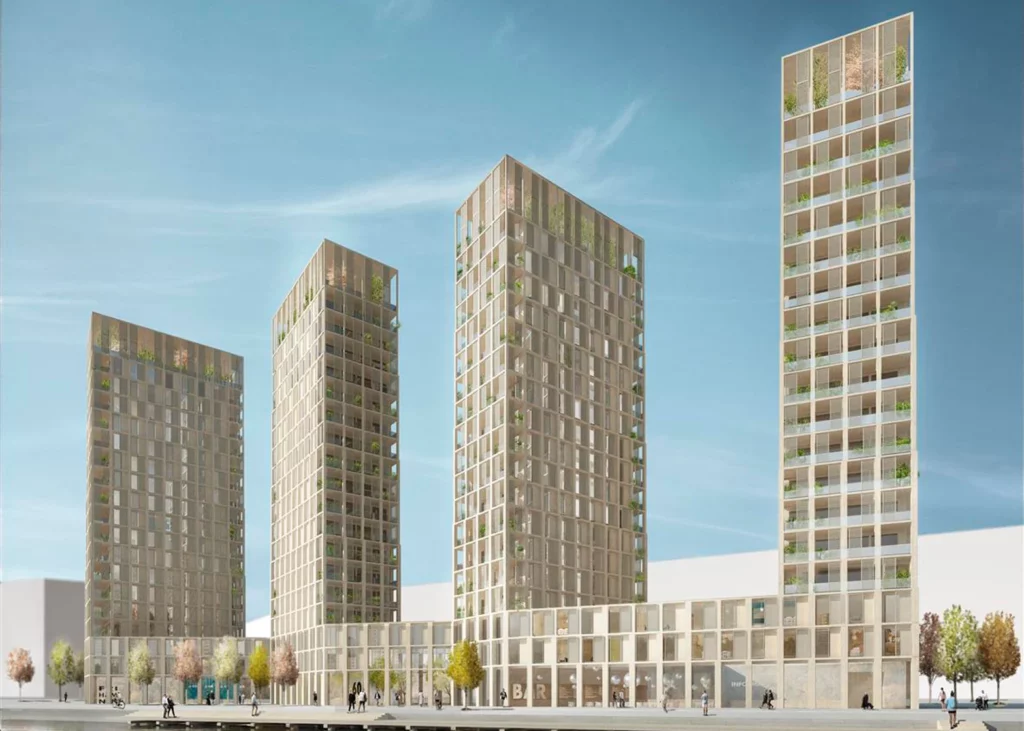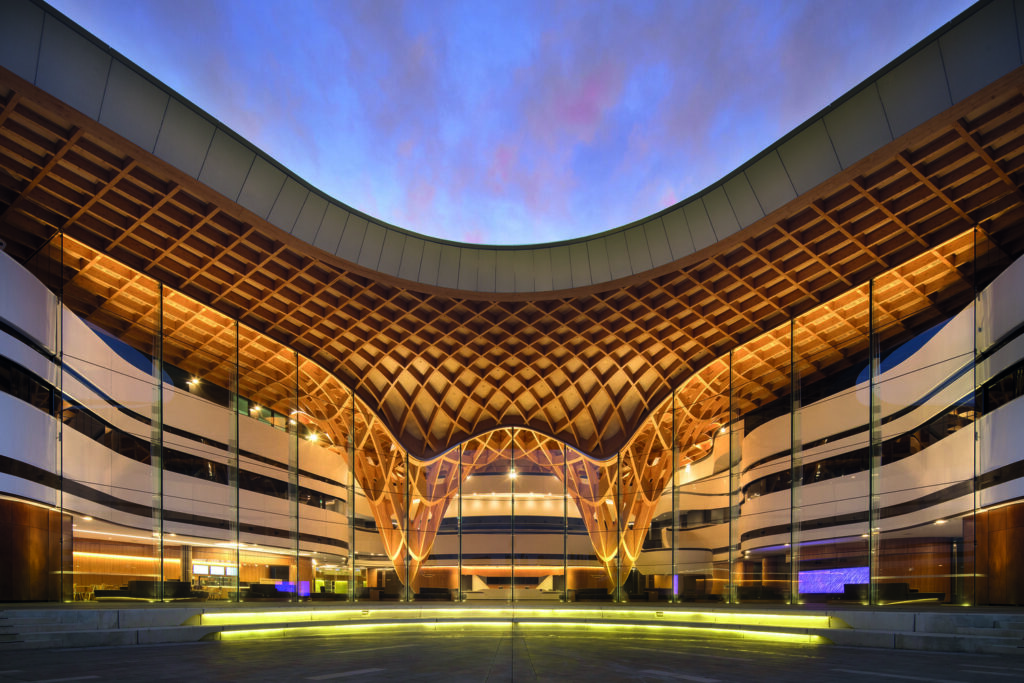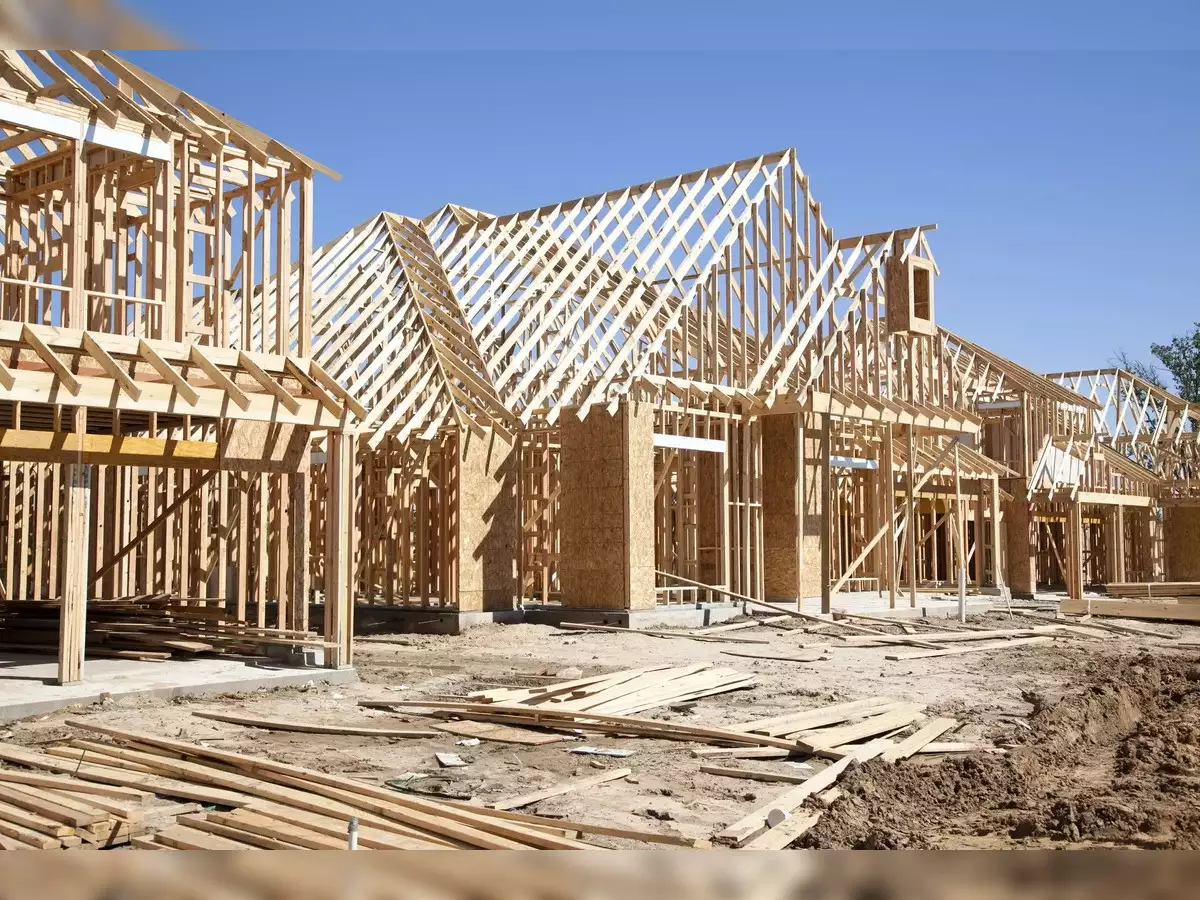LVL (Laminated Veneer Lumber) timber has emerged as a game changer in modern building projects. Its unique properties and advantages over traditional materials have made it a popular choice among architects, engineers, and construction professionals. In this article, we will delve into the basics of LVL timber, explore its manufacturing process, discuss its role in modern construction, examine future trends, and address challenges associated with its use.
Understanding the Basics of LVL Timber
What is LVL Timber?
LVL timber is an engineered wood product made by bonding multiple layers of thin wood veneers together using adhesives. This process creates a strong and durable material that exhibits consistent mechanical properties. The veneers are typically oriented in the same direction to maximize strength and load-bearing capacity.
Lvl formwork timber is widely used in construction for beams, headers, and other load-bearing applications due to its high strength-to-weight ratio and dimensional stability. It is a popular choice among architects and builders for its versatility and reliability in structural projects.
The Manufacturing Process of LVL Timber
Manufacturing LVL timber involves several steps to ensure its quality and performance. Initially, the wood logs are debarked and cut into veneers of precise thickness. These veneers are then dried, sorted, and coated with an adhesive. Next, the veneers are layered together and pressed under high temperature and pressure to create a solid, homogenous panel. Finally, the LVL panels are cut into desired dimensions and subjected to quality checks before being shipped to construction sites.
The adhesive used in LVL manufacturing is crucial for the structural integrity of the final product. Phenol-formaldehyde and polyurethane adhesives are commonly employed due to their excellent bonding strength and resistance to moisture and temperature fluctuations. This ensures that LVL timber can withstand varying environmental conditions without compromising its performance.

The Unique Properties of LVL Timber
Strength and Durability
LVL timber exhibits exceptional strength and durability due to its layered construction. The bonding of veneers provides enhanced structural integrity, making it suitable for various load-bearing applications. LVL timber also performs well under different weather conditions and is less susceptible to warping or twisting compared to solid wood.
Moreover, the manufacturing process of LVL timber involves precise control over the quality of each veneer layer, ensuring uniform strength and consistency throughout the material. This attention to detail results in a product that is reliable and long-lasting, meeting the stringent requirements of modern construction projects.
Versatility in Design
One of the remarkable features of LVL timber is its versatility in design. Its consistent mechanical properties allow architects and designers to create innovative and complex structures. LVL timber can be easily shaped, cut, and jointed to form beams, columns, and other structural elements, offering limitless possibilities for creative designs.
Furthermore, the smooth and uniform surface of LVL timber enhances its aesthetic appeal, making it a preferred choice for exposed structural elements in architectural designs. The ability to stain or paint LVL timber also provides designers with a wide range of finishing options to achieve the desired visual effect, blending seamlessly with various interior and exterior styles.
Environmental Impact
As sustainability becomes a key consideration in construction, LVL timber shines as an eco-friendly alternative. It is produced from fast-growing plantation trees, reducing the demand for old-growth forests. Furthermore, the manufacturing process generates minimal waste, and the use of adhesives with low or no volatile organic compounds (VOCs) minimizes its environmental footprint. Read more about organic compounds at https://chemed.chem.purdue.edu/genchem/topicreview/bp/1organic/organic.html
In addition, the energy-efficient production techniques used in creating LVL timber contribute to its eco-friendly profile, aligning with green building standards and regulations. By choosing LVL timber for construction projects, builders and developers can reduce their carbon footprint and promote the use of renewable resources in the built environment, paving the way for a more sustainable future.
The Role of LVL Timber in Modern Construction
When it comes to modern construction, Laminated Veneer Lumber (LVL) timber plays a crucial role in providing structural integrity and durability to various building projects. One of the key advantages of using LVL timber over traditional building materials is its exceptional strength-to-weight ratio. This characteristic allows for the creation of lighter constructions, which not only reduces the overall structural load but also minimizes the foundation requirements, leading to cost savings and more sustainable building practices.
In addition to its impressive strength-to-weight ratio, LVL timber boasts exceptional dimensional stability and resistance to shrinkage. These properties make it an ideal choice for applications where long spans and minimal deflection are crucial, such as in the construction of bridges, high-rise buildings, and large commercial structures. The reliability and durability of LVL timber contribute to the longevity of buildings, ensuring they stand the test of time in various environmental conditions.
Advantages Over Traditional Materials
LVL timber offers several advantages over traditional building materials. Its high strength-to-weight ratio allows for lighter constructions, reducing the overall structural load and foundation requirements. Additionally, LVL timber’s dimensional stability and resistance to shrinkage make it ideal for applications where long spans and minimal deflection are essential.
Common Uses in Modern Building Projects
LVL timber finds diverse applications in modern building projects. It is widely used for the construction of beams, joists, and headers, providing structural support in residential, commercial, and industrial buildings. LVL timber is also favored for its use in formwork and scaffolding systems, where its strength and versatility enable efficient construction processes.
Read more on: Exploring the Latest Innovations in LVL Formwork
Future Trends in LVL Timber Use
Innovations in LVL Timber Production
Continuous advancements in LVL timber production are expected to bring even more possibilities to the construction industry. Researchers and manufacturers are exploring new adhesives, veneer orientation techniques, and hybridization with other materials to enhance LVL timber’s strength, fire resistance, and sustainability. Click here to find more about hybridization.
One exciting development in LVL timber production is the incorporation of nanotechnology to improve the material’s performance characteristics. By integrating nanoparticles into the adhesive matrix, researchers have been able to enhance the structural integrity of LVL timber, making it even more durable and resilient against environmental factors such as moisture and temperature fluctuations. This cutting-edge approach not only strengthens the material but also extends its lifespan, contributing to a more sustainable construction industry.
Predicted Growth in the Construction Industry
With the global construction industry poised for substantial growth, the demand for reliable, sustainable, and cost-effective construction materials like LVL timber is expected to soar. Its ability to streamline construction processes, reduce project timelines, and offer design flexibility positions LVL timber as a key player in shaping the future of construction.
Furthermore, the increasing focus on green building practices and environmentally friendly construction materials is set to drive the adoption of LVL timber in construction projects worldwide. As regulations tighten and sustainability becomes a top priority for builders and developers, LVL timber’s eco-friendly properties, such as its renewable sourcing and low carbon footprint, make it a preferred choice for environmentally conscious projects. This shift towards sustainable construction practices not only benefits the environment but also promotes the long-term viability of the construction industry as a whole.

Overcoming Challenges with LVL Timber
Addressing Cost Concerns
While LVL timber offers numerous advantages, cost considerations often pose challenges for its widespread adoption. However, as the demand for LVL timber increases and production scales up, economies of scale are likely to drive down costs, making it a more cost-effective option in the long run.
Moreover, it is important to note that the initial investment in LVL timber may be higher than traditional timber options, but the long-term benefits, such as reduced maintenance costs and increased durability, can outweigh the upfront expenses. Additionally, the environmental sustainability of LVL timber can lead to potential cost savings in terms of meeting green building certifications and regulations.
Ensuring Quality and Safety Standards
To ensure the quality and safety of LVL timber in construction projects, adherence to strict manufacturing standards and regulations is crucial. Regular inspections, compliance with building codes, and proper installation techniques are essential to maximize the performance and longevity of structures built with LVL timber.
Furthermore, ongoing research and development in the field of engineered wood products, including LVL timber, are continuously improving the quality and safety standards associated with its use. Collaborations between manufacturers, architects, and engineers are driving innovation in design and construction practices, ensuring that LVL timber meets and exceeds industry standards for structural integrity and safety.
In conclusion, LVL timber has proven itself as a game changer in modern building projects. Its unique properties, such as strength, versatility, and sustainability, make it an attractive choice for architects and builders. As innovations continue to drive its production and the construction industry prepares for growth, LVL timber is poised to redefine the way buildings are designed and constructed.

